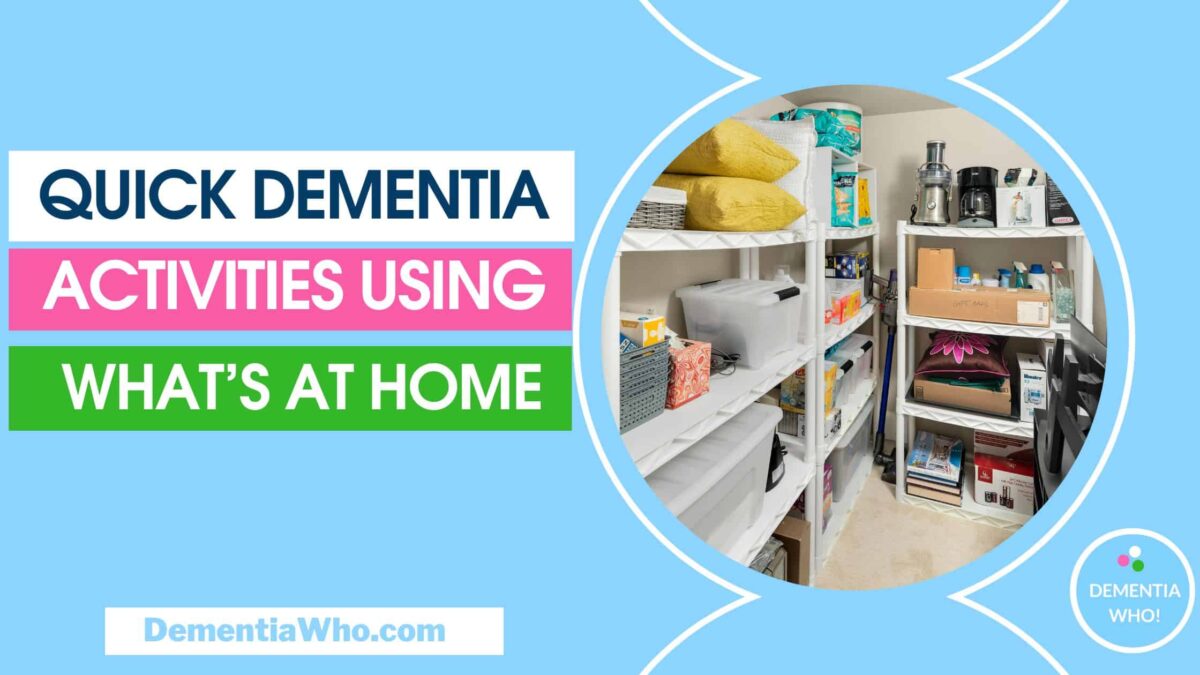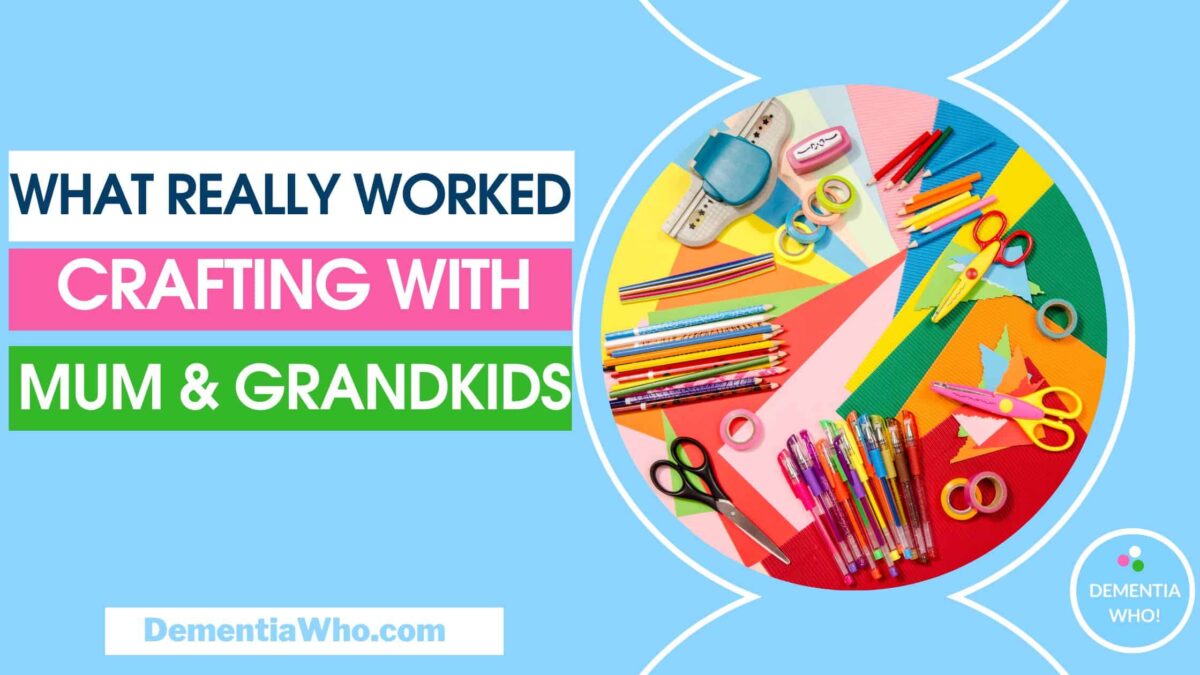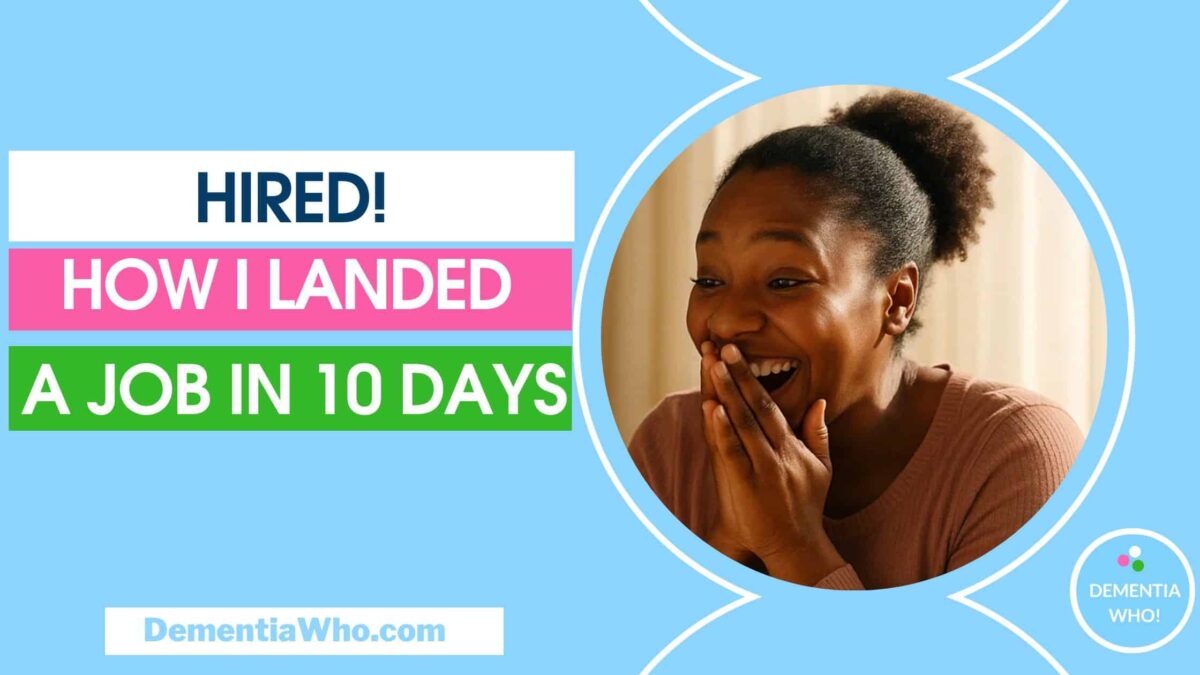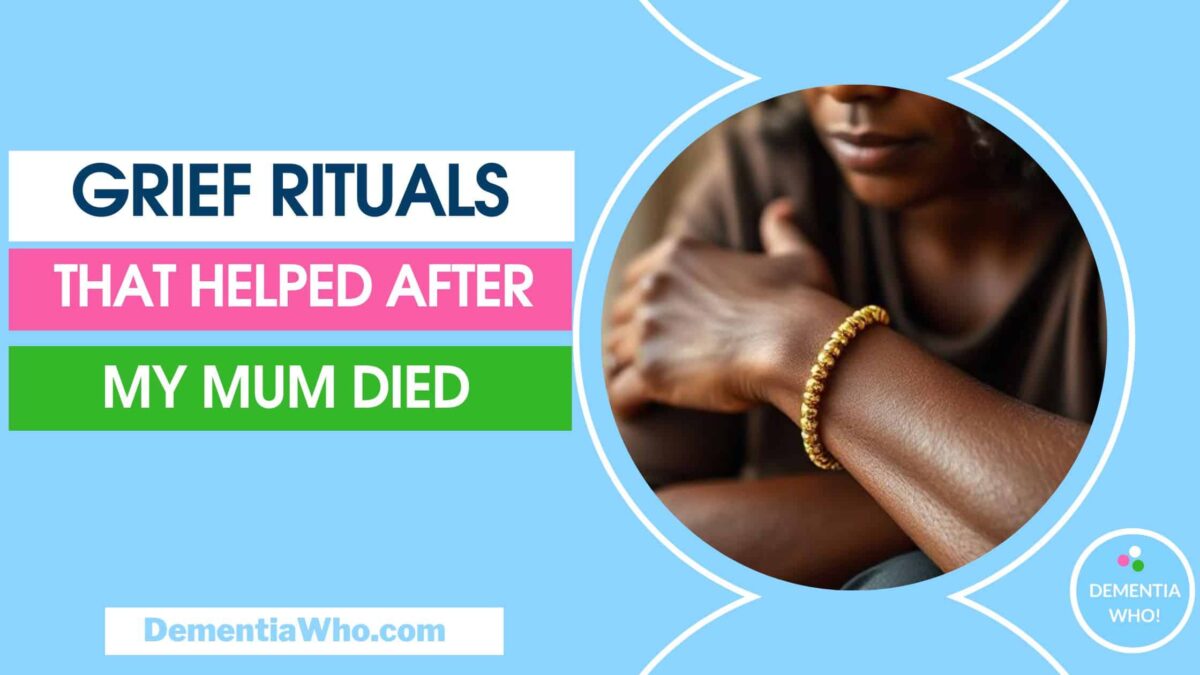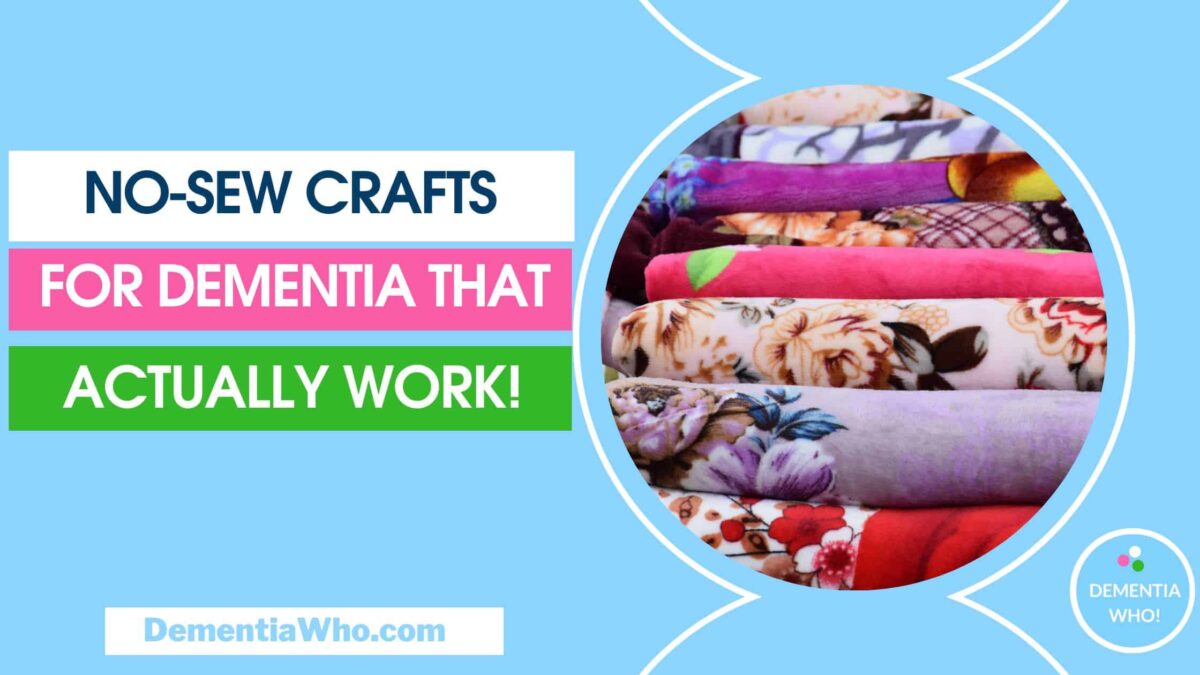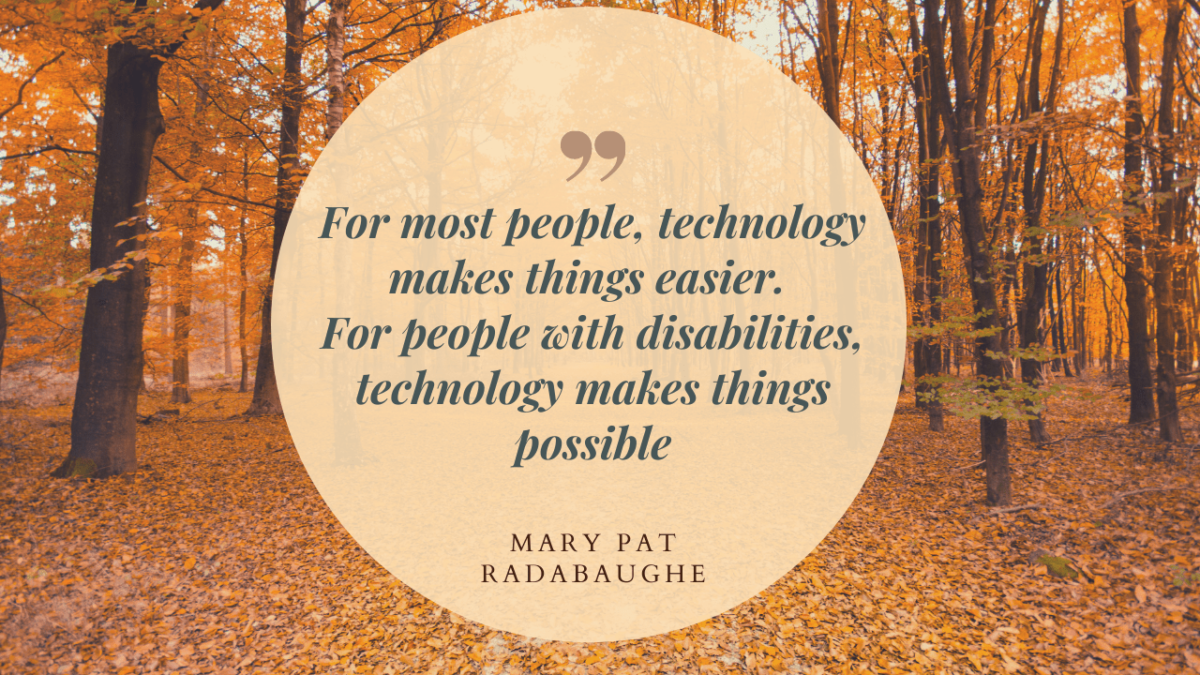
I’ve been thinking about technology and why technology has become so important in our lives. The simple fact is that it makes our lives easier.
It’s funny looking back and remembering all that worry about theY2K bug. Everyone was so frightened that it would cause mass computer failings across the globe and we’d have to go back to the stone age. We waited on tenterhooks until the clock passed midnight before letting out a sigh of relief that doomsday didn’t happen! Do you remember that?
Now, look at us! It’s astonishing to see the breadth of tools that we have to allow us to communicate. The other night, I realised how many more things are now possible because of technology. How lucky we are to have these tools available to us?
We have laptops, phones, tablets, game consoles, smart home technology, self-driving cars, and apps for almost everything. For those with disabilities, there is more and more assistive technology becoming available. We can monitor, respond, and interact with others in so many different ways now. That’s why technology is so important.
Yet, they don’t supersede human contact or touch as we see every day in care homes around the country but don’t get me started on that topic!
So I wanted to see how technology could help and support us in our first ever experience of a video medical consultation. Mum had it booked for her spinal condition due to Covid-19. They wanted to check on mum’s overall wellbeing and were concerned about her headaches which could be spinal-related.
Her spinal unit is located outside of our county and is one of the best in Wales. We were lucky to get a referral to it thanks to the sterling work of our spinal physiotherapist. Great gal!
Anyway, wandering off the point again, let’s talk about the call itself.
Video Conferencing – Consultation
The call went really well, with no technical hitches except in first connecting (note to self to always leave time to get into the virtual waiting room). The virtual waiting room sounds so futuristic but it’s a really neat trick, so the doctors know you’re there and waiting to be connected.
The whole process was hassle-free and really easy and we were able to cover all our concerns in a safe environment with little disturbance to Mum. We could see and hear our doctor clearly. She addressed her questions directly to mum, which was great to see, and only referred to me for clarification.
The doctor patiently waited for us to describe everything which sounds simple but amazing how often it doesn’t happen. Sometimes you can feel rushed as you know there’s a whole waiting room full of people waiting to be seen. This time it didn’t feel rushed by either party. That’s a pet hate of mine, some doctors act ‘busy’ and never leave enough time for someone with dementia to form questions etc.
But this time, there were no distractions, the doctor was just focused on us. I’m not sure what it was, but the video call felt more personal than being face to face. I think that was due to the fact that mum was more relaxed, and in her own surroundings.
There wasn’t a physical exam but even with a face-to-face consultation, we’ve only had one physical exam. Our time is normally occupied with us describing physical symptoms and answering their questions. Then, what generally happens is that we are referred to another department or prescribed new or higher-dose drugs.
Travel
The other huge advantage of using technology through a video call was the time saved and reduced stress by not travelling. What would have normally taken us the best of part of the day took less than an hour!
That was key for mum. She isn’t secure in her wheelchair travelling by ambulance. She’s scared and needs to be constantly reassured.
We tend to arrive extremely early as ambulances normally carry more than one patient, so sometimes we can be waiting up to an hour in the waiting room. That, normally gets mum angry and she repeatedly asks why we’re waiting.
By the time we get to the consultation itself, it’s difficult to focus on the appointment as mum and I are both agitated and stressed. If you compare that to the video call it’s like night and day. Mum was relaxed and calm throughout the whole appointment and I could focus on making sure she got the best care possible.
Once we’ve finished an appointment, we can end up waiting for up to 3 hours for ambulance transport depending on their workload. So, it can take almost a whole day to attend one appointment. It’s stressful, and a lot of work for me as a caregiver. I’m constantly worried about something like toileting issues, whether she’ll get lunch or is hydrated. I’ve learnt now to always pack snacks and water.
Video conferencing was by far the easier option for mum and me, followed up with a nice cup of tea and a relaxing afternoon!
So you can see how a small technological tool like video conferencing can play an important role for both caregivers and our loved ones with dementia.
Gadgets and Dementia
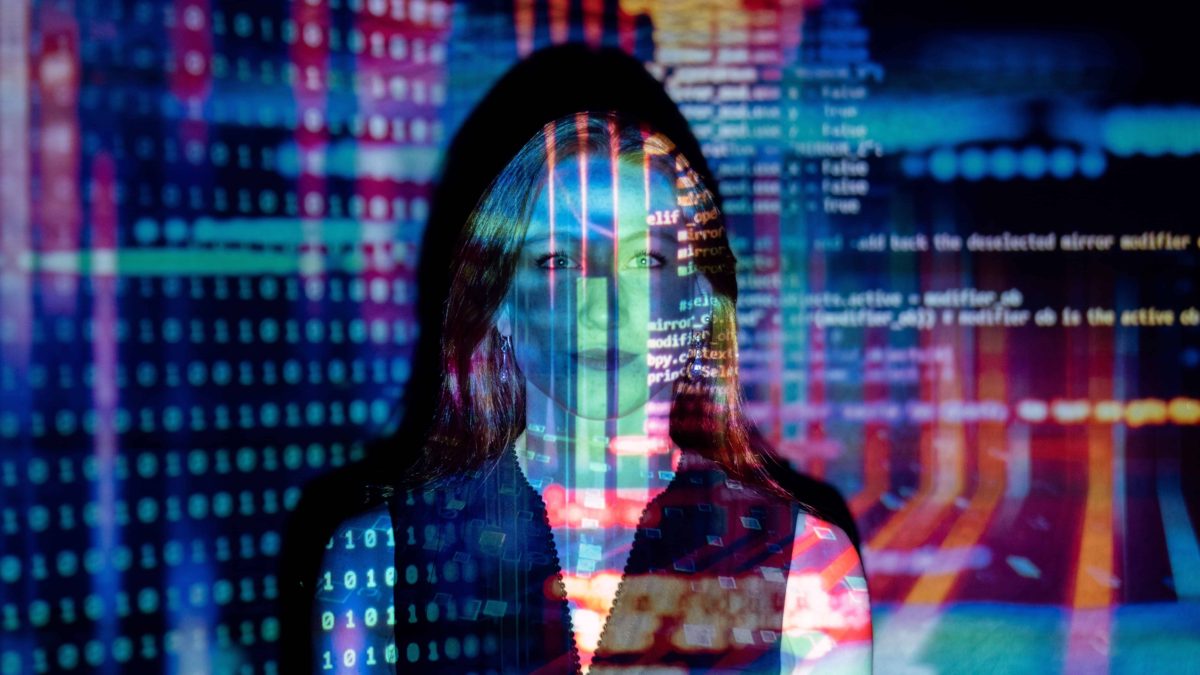
There are so many areas to investigate and talk about when it comes to technological advances and gadgets for dementia that can help us.
Last week, a Twitter friend shared a video of his wife using a therapeutic robotic cat. The happiness that this therapy cat brought to her was amazing to see. A decade ago we would never have thought about using technology in this way.
There are many gadgets that we use in everyday life that can help us. Simple things like being able to leave mum’s bedroom light on at night (something she recently preferred) are so much easier now. We invested in a SMART Wifi LED bulb like this one we have from Amazon TP Link Kasa Smart bulb. It’s great as it doesn’t need any extras, plug in and go and it allows us to dim the lights. I can also turn off the light from the app on my phone in bed which makes my life easier.
We’re currently experimenting with extremely bright led lights controlled by an app in the living room and the impact that it has on mum’s dementia in the evenings due to sundowning.
For other caregivers and those living with dementia, assistive technologies can be important support and help with different aspects of daily life.
Assistive technologies can help support someone with a disability. Things like reminders from a tablet/phone, Alexa/Google assistant tasks, wearable technology, digital clocks that can tell you time, date and whether it’s morning or afternoon etc. These are a tiny fraction of the technological tools and the gadgets that have been developed that can enhance caregivers’ lives and the lives of those with dementia.
Technology Issues
However, technology is not all wonderful. It can mean that we neglect to interact with others and that we become obsessed with some tools to the detriment of our health. Let’s face it some are really addictive!
There are also issues around accessibility of certain technology, you may not be able to access useful tools because of costs, wifi coverage, privacy issues and of course it may be technically challenging. There can be issues, particularly when using social media that can impact someone’s mental health because of the sheer nastiness of others as well!
But overall, technology has made our lives easier.


